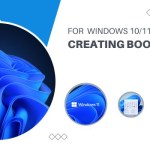Decoding Microsoft Defender: A Comprehensive Review and Comparison with Free Windows Security

In the ever-evolving landscape of cybersecurity, distinguishing between Microsoft Defender and Windows Security has been a common challenge. This review, penned by Mary James, demystifies the differences and assesses whether Microsoft Defender justifies its cost compared to the free Windows Security.
Key Points
1. Clarity on Microsoft Defender’s Role
The article clarifies the distinction between Windows Security and Microsoft Defender, shedding light on their separate functionalities. While Windows Security comes preinstalled on Windows 10 and 11, Microsoft Defender serves as an enhancement available with a paid Microsoft 365 subscription.
2. Microsoft Defender Features and Pricing
Pros:
- Enhances free Windows Security.
- Offers identity theft protection.
- Includes parental controls.
Cons:
- Features may be confusing.
- Additional cost.
3. Identity Theft Protection and Parental Controls
Microsoft Defender goes beyond Windows Security by providing identity theft protection and parental controls. These additional features cater to users seeking a more comprehensive security suite.
4. Malware and Antivirus Scans
Microsoft Defender adds value to Windows Security by introducing antivirus and anti-malware scans. Real-time alerts and security tips provide users with timely information, allowing proactive measures against potential threats.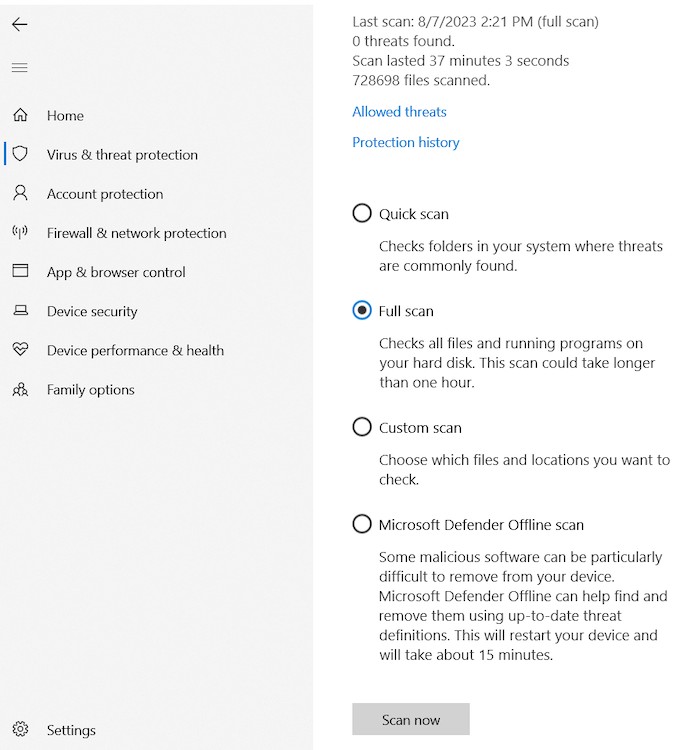
5. Phishing Protection
The phishing protection feature is described as a hands-off tool, with preset permissions identifying phishing attempts. Microsoft Defender adapts and learns from its surroundings, offering users protection without requiring manual intervention.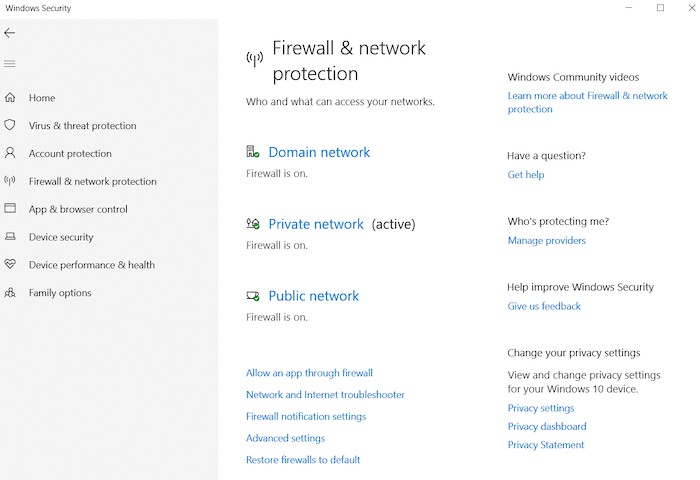
6. Firewall Functionality
While Microsoft Defender includes firewall features, it doesn’t significantly enhance the standard firewall provided by Windows Security. The review suggests leaving default settings unless issues arise, with advice on whitelisting legitimate programs.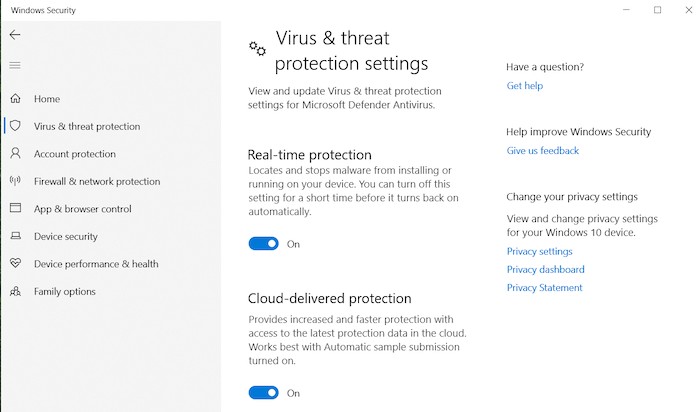
7. Real-time Protection
Microsoft Defender’s real-time protection is emphasized as a crucial component to keep enabled at all times. The article underscores the importance of continuous protection against malware, even in seemingly secure scenarios.
8. Ransomware Protection
Windows Security’s ransomware protection is detailed, including backups through OneDrive and controlled folder access to prevent file changes. Microsoft Defender complements this by emphasizing the role of OneDrive backup in safeguarding against ransomware attacks.
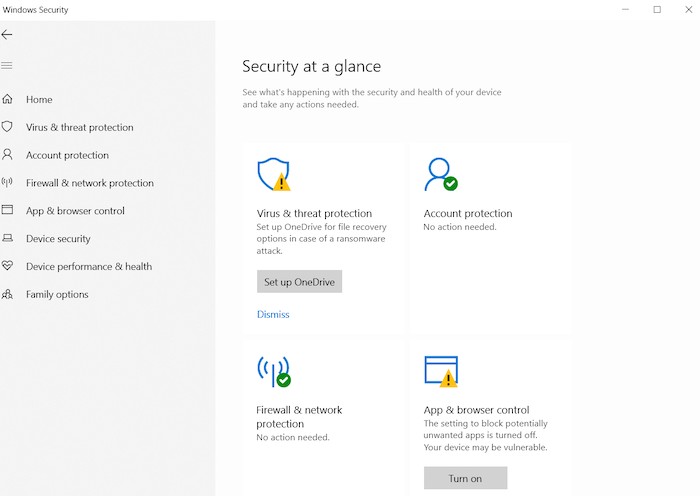
A Comprehensive Review and Comparison with Free Windows Security
Conclusion
Mary James presents a comprehensive and insightful review of Microsoft Defender, highlighting its strengths and additional features compared to free Windows Security. The detailed breakdown of functionalities, accompanied by pros and cons, equips readers with valuable information to make informed decisions about their cybersecurity choices.
Recommendation
This review is recommended for users seeking a clear understanding of Microsoft Defender’s capabilities, particularly those considering an upgrade from Windows Security. The balanced assessment and practical insights make it a valuable resource for navigating the complexities of cybersecurity software in 2024.


